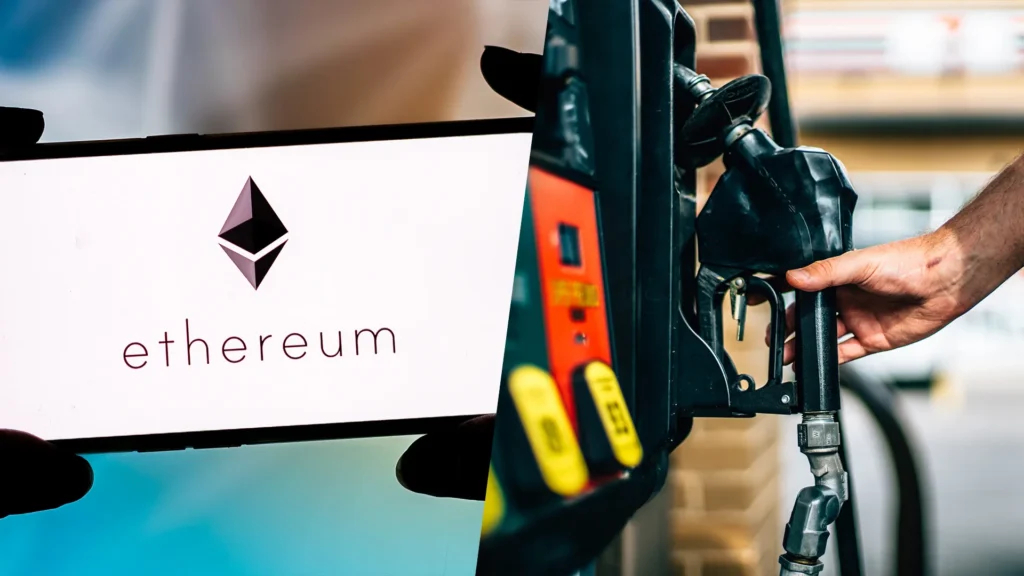In the dynamic realm of cryptocurrencies, ‘Gas’ plays a crucial role, especially in the Ethereum network. This article aims to demystify the concept of crypto gas, exploring its nature, various types, and its essential role in the execution of blockchain transactions.
What is Crypto Gas?

Crypto gas refers to the unit that measures the amount of computational effort required to execute operations on the blockchain networks, particularly Ethereum.
It is used to allocate resources of the Ethereum Virtual Machine (EVM) so that decentralized applications (DApps) can self-execute in a secure and decentralized manner.
Types of Crypto Gas
- Gas Limit: The maximum amount of gas a user is willing to spend on a transaction. It acts as a safety mechanism, preventing users from overspending due to bugs or errors.
- Gas Price: The amount of Ether (ETH) a user is willing to pay per unit of gas. It’s usually measured in ‘Gwei,’ a smaller denomination of ETH.
Purpose and Functionality of Gas
- Facilitating Transactions: Gas is used to compensate for the computational energy required to process and validate transactions on the Ethereum blockchain.
- Preventing Network Abuse: By attaching a cost to every computation and transaction, gas helps to prevent spam and allocates resources efficiently on the network.
- Smart Contract Execution: Gas is essential for deploying and interacting with smart contracts on the Ethereum network.
Gas and Ethereum Transactions
Every Ethereum transaction requires a certain amount of gas, depending on its complexity. Simple transactions require less gas, while more complex interactions, like smart contract executions, require more.
Gas Fees in the Ethereum Network
The total cost of a transaction (transaction fee) in the Ethereum network is calculated by multiplying the gas limit by the gas price. Users can adjust the gas price to speed up or slow down transaction processing times.
Challenges and Future of Crypto Gas
One of the challenges in the Ethereum network is balancing gas costs, particularly during high demand, which can lead to increased transaction fees. Upcoming Ethereum upgrades, like Ethereum 2.0, aim to address these challenges by improving scalability and reducing fees.
Crypto gas is a fundamental aspect of the Ethereum blockchain, playing a crucial role in ensuring the network’s functionality, security, and efficiency.
Understanding gas is essential for anyone engaging with Ethereum’s DApps or transactions, as it directly affects how quickly and cost-effectively these operations can be performed.
As Ethereum continues to evolve, the mechanics and economics of gas will remain a vital area of focus in the cryptocurrency ecosystem.

